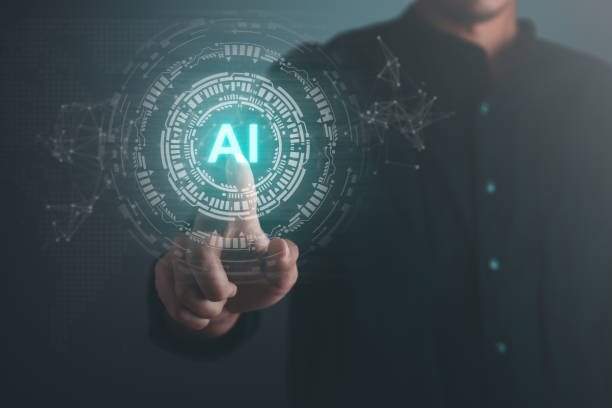What is an AI Robot and How Does it Work?
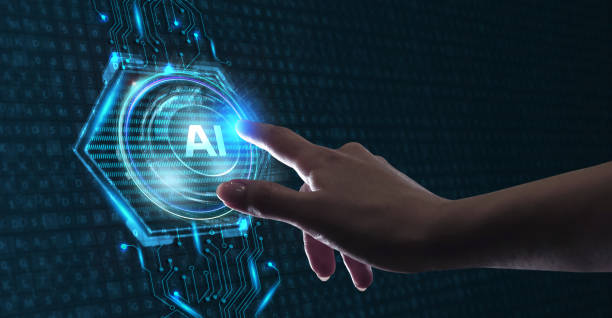
#AI_robot is a combination of two key technology fields: robotics and Artificial Intelligence.
Simply put, intelligent robots are machines that can perform tasks that typically require human intelligence, using advanced algorithms and collected data.
These tasks can include learning, reasoning, problem-solving, pattern recognition, and even decision-making.
An AI robot uses sensors to gather information from its surroundings.
This information is then analyzed by a powerful processor, and necessary decisions are made based on AI algorithms.
For example, an intelligent robot in a factory can detect defective parts and remove them from the production line using various cameras and sensors.
The main components of an AI robot include sensors (for gathering information), a processor (for data analysis and decision-making), actuators (for performing physical tasks), and AI algorithms (for learning and reasoning).
AI robots, using these components, can be employed in a wide range of applications, from industrial automation to customer services and even medical surgeries.
The performance of an AI robot is determined by its input data and designed algorithms.
The more data available to the robot and the more complex its algorithms, the better its performance can be.
Does your current website convert visitors into customers or drive them away? Solve this problem forever with professional corporate website design by Rasaweb!
✅ Build credibility and powerful branding
✅ Attract target customers and boost sales
⚡ Get a free consultation now!
Amazing Applications of AI Robots in Various Industries
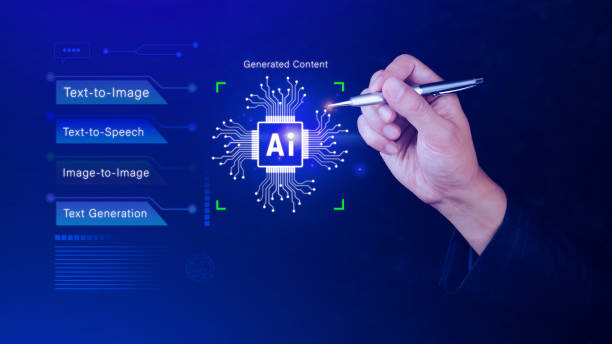
AI robots are revolutionizing various industries.
In the manufacturing industry, AI robots are used for automating production lines, quality control, and improving efficiency.
These robots can work 24/7 without fatigue and offer much higher precision than human labor.
In the healthcare industry, AI robots play a crucial role in precise surgeries, disease diagnosis, and providing rehabilitation services to patients.
Surgical robots can perform operations with extremely high precision and minimal damage to surrounding tissues.
In the customer service industry, AI robots are used as chatbots to answer customer queries and provide technical support.
These chatbots can be available 24/7 and respond quickly to customer questions.
AI robots also have numerous applications in agriculture, including smart irrigation, precise spraying, and automated harvesting of crops.
These robots can precisely determine plant needs and optimize resource consumption using sensors and AI algorithms.
In addition to these industries, AI robots are used in transportation (self-driving cars), security (facial recognition and video surveillance), education (providing personalized learning), and even art (creating artworks).
In summary, AI robots have the potential to impact all aspects of our lives and contribute to improving the quality of life.
Advantages and Disadvantages of Using AI Robots

Using #AI_robots offers numerous advantages.
Increased productivity, reduced costs, improved quality, enhanced safety, and performing dangerous tasks are among the most important of these advantages.
However, using AI robots also has disadvantages.
These disadvantages include job displacement, dependence on technology, ethical concerns, and the potential for errors.
Advantages
- Increased Productivity: An AI robot can work 24/7 without fatigue, significantly increasing the speed of tasks.
- Reduced Costs: By automating processes and reducing the need for human labor, production and operational costs decrease.
- Improved Quality: An AI robot can perform tasks with very high precision, reducing the likelihood of errors.
- Enhanced Safety: An AI robot can work in dangerous and high-risk environments instead of humans, preventing accidents.
Disadvantages
- Job Displacement: Automation of processes may lead to the loss of some jobs.
- Technological Dependence: Over-reliance on technology can create vulnerabilities.
- Ethical Concerns: The use of AI robots may raise new ethical questions, including accountability for robot decisions and privacy protection.
- Potential for Errors: Although AI robots have high precision, there is still a possibility of errors.
To benefit from the advantages of AI robots and mitigate their disadvantages, appropriate policies in education, employment, and ethics must be implemented.
| Advantages | Disadvantages |
|---|---|
| Increased Productivity | Job Displacement |
| Reduced Costs | Technological Dependence |
| Improved Quality | Ethical Concerns |
| Enhanced Safety | Potential for Errors |
What Will Be the Future of AI Robots?

The future of AI robots is very bright and full of potential.
With continuous advancements in artificial intelligence, robotics, and computer science, AI robots will become increasingly smarter, more capable, and more efficient.
In the future, we will witness a wider use of AI robots in various industries, homes, and even in daily life.
AI robots will be able to perform tasks that we cannot even imagine today.
For example, AI robots can play an important role in space exploration, scientific research, crisis management, and providing services to the elderly and disabled.
However, to realize this bright future, we must overcome the existing challenges in the field of AI robots.
These challenges include developing more advanced AI algorithms, improving sensors and actuators, enhancing the security and stability of AI robots, and formulating appropriate laws and regulations for their use.
By investing in research and development and fostering collaboration among governments, universities, and private companies, we can overcome these challenges and fully leverage the potential of AI robots.
Is your online sales not as expected? With Rasaweb, solve the problem of low sales and poor user experience forever!
✅ Increase visitor-to-customer conversion rate
✅ Create a pleasant user experience and boost customer trust
⚡ Act now for a free consultation!
How to Build an AI Robot?
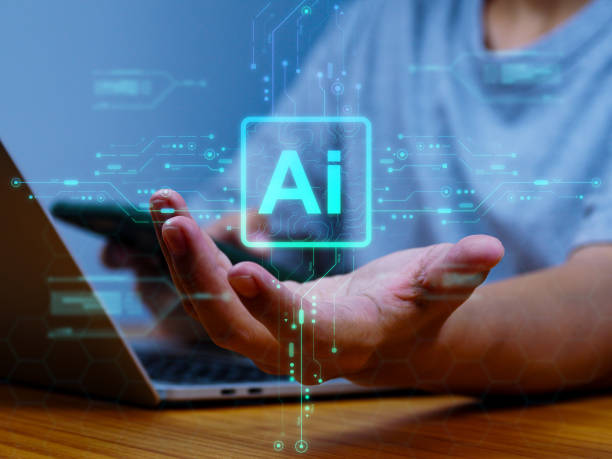
Building an #AI_robot is a complex and multifaceted process that requires knowledge and skills in various fields, including robotics, artificial intelligence, programming, and electronics.
However, with the available tools and resources, even beginners can build a simple AI robot.
The main steps for building an AI robot are:
- Define the Goal: First and foremost, you must specify your goal for building the AI robot.
What task do you want the robot to perform? - Choose Hardware: Based on your goal, you need to select appropriate hardware.
This hardware includes the robot’s body, motors, sensors, processor, and power supply. - Select Software: For programming and controlling the robot, you need suitable software.
Common programming languages for AI robots include Python, C++, and Java. - Data Collection: To train AI algorithms, you need training data.
This data can include images, sounds, texts, or other types of data. - Algorithm Training: Using the collected data, you must train the AI algorithms.
- Testing and Evaluation: After training the algorithm, you must test and evaluate the robot’s performance.
- Optimization: If necessary, you should optimize the robot’s performance.
To begin, you can use ready-made robotics kits and open-source software.
Additionally, numerous educational resources are available online and in libraries that can help you on this path.
Artificial Intelligence in Robotics: Challenges and Opportunities

The integration of #Artificial_Intelligence into robotics brings many challenges and opportunities.
On one hand, AI enables robots to perform more complex tasks, adapt to their surroundings, and make smarter decisions.
On the other hand, this integration also brings challenges, including the need for more powerful processors, more complex algorithms, and more training data.
Challenges
- Data Processing: Intelligent robots collect large volumes of data through various sensors.
Processing and analyzing this data require powerful processors and efficient algorithms. - Learning and Adaptability: Robots must be able to learn from their experiences and adapt to environmental changes.
This requires advanced machine learning algorithms. - Security: Intelligent robots may be exposed to cyber attacks.
Ensuring the security of robots and preventing unauthorized access to them is of paramount importance. - Ethics: The use of intelligent robots raises new ethical questions, including accountability for robot decisions and the impact of robots on the job market.
Opportunities
- Automation: AI enables robots to automatically perform complex tasks that were previously only doable by humans.
- Improved Efficiency: Intelligent robots can work with greater precision and speed than humans, increasing efficiency.
- Creation of New Opportunities: AI and robotics create new job opportunities in the fields of robot design, development, maintenance, and repair.
- Improved Quality of Life: Intelligent robots can help improve the quality of life in various fields such as healthcare, education, and transportation.
To benefit from the opportunities of integrating AI into robotics and to mitigate the challenges, investment in research and development, training of specialized personnel, and formulation of appropriate laws and regulations are necessary.
AI Robots in Iran: Current Status and Outlook
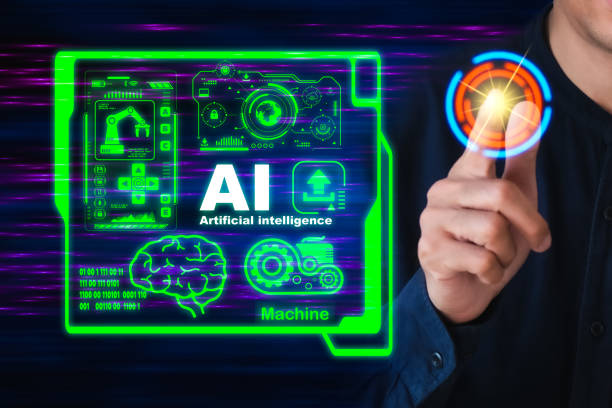
#AI_robots are also developing and progressing in Iran.
In recent years, we have witnessed an increase in research and development activities in the field of AI robots in universities and research centers.
Additionally, some knowledge-based companies are active in the design and production of AI robots.
However, the AI robot industry in Iran is still in its early stages of development and faces challenges such as a lack of investment, skilled personnel, and appropriate infrastructure.
To develop this industry, the government and the private sector must collaborate to make the necessary investments and provide the required infrastructure.
Furthermore, training specialized personnel and supporting knowledge-based companies are also of high importance.
Despite the existing challenges, the outlook for AI robots in Iran is bright.
Given the country’s high potential in technology and specialized human resources, significant advancements in this industry are expected in the coming years.
| Strengths | Weaknesses |
|---|---|
| High potential of the country in technology | Lack of investment |
| Existence of specialized human resources | Shortage of specialized personnel |
| Increase in research and development activities | Lack of adequate infrastructure |
Ethical Issues in the Use of AI Robots
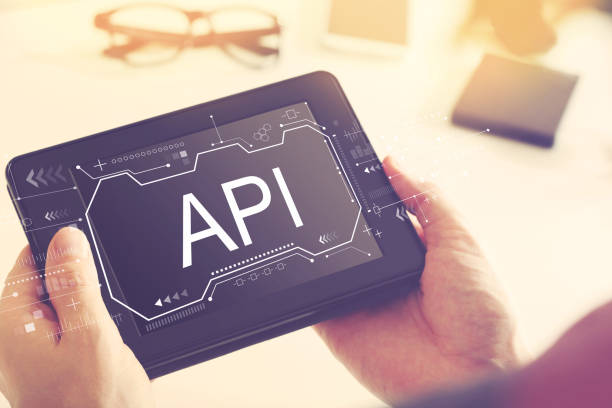
The widespread use of #AI_robots raises important ethical issues.
One of the most critical issues is accountability for the decisions and actions of robots.
If an AI robot makes a wrong decision and causes damage, who is responsible? The robot’s designer, manufacturer, user, or the robot itself? These questions still lack definitive answers and require further examination and discussion.
Another issue is privacy protection.
An AI robot can collect a lot of information about us, including our habits, preferences, and even emotions.
How can this information be protected and prevented from misuse?
The third issue is the impact of AI robots on the job market.
Automation of processes may lead to the loss of some jobs.
How can this impact be managed, and widespread unemployment prevented?
To answer these questions and resolve the ethical issues related to AI robots, governments, companies, universities, and civil society must collaborate to formulate appropriate laws and regulations and promote a culture of responsible use of AI robots.
Does your current corporate website not reflect your brand’s credibility and power as it should? Rasaweb solves this challenge for you with professional corporate website design.
✅ Increase credibility and visitor trust
✅ Attract more target customers
⚡ Click now for a free consultation!
How Important is the Security of AI Robots?
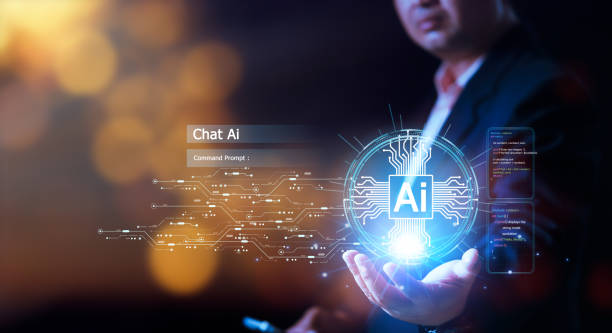
The #security of AI robots is of paramount importance.
Intelligent robots are increasingly being used in various industries, including manufacturing, healthcare, transportation, and security.
If these robots are not properly protected, they may be subjected to cyber attacks and cause irreparable damage.
Cyber attacks on intelligent robots can lead to data theft, disruption of robot functionality, unauthorized control of robots, and even physical harm to individuals.
For example, a hacker could endanger a patient’s life by infiltrating the control system of a surgical robot.
Or, by infiltrating the control system of a self-driving car, cause an accident.
To ensure the security of intelligent robots, various measures must be taken, including:
- Using strong security systems
- Continuous software updates
- Staff training
- Regular testing and evaluation of security systems
Furthermore, appropriate laws and regulations for the security of intelligent robots must be developed to prevent the misuse of this technology.
Will AI Robots Replace Humans?
![]()
The question of whether #AI_robots will replace humans is one of the most debated and popular questions in the world of technology.
A definitive answer to this question is difficult, but a relatively accurate perspective can be achieved by examining the development trend of AI robots and their impact on various industries.
Generally, it can be said that AI robots will replace humans in some tasks and jobs.
These tasks usually involve repetitive, dangerous, or high-precision work.
For example, robots can replace humans in factory production lines, mines, or precise surgeries.
However, in many jobs, AI robots cannot completely replace humans.
These jobs typically require human skills such as creativity, critical thinking, empathy, and interpersonal communication.
For example, robots cannot fully replace doctors, teachers, artists, or managers.
It seems that the future of the job market will be a combination of humans and robots.
In this future, humans and robots will collaborate to perform tasks and increase efficiency.
Humans will focus on complex and creative tasks, while robots handle repetitive and dangerous duties.
Frequently Asked Questions
| Question | Answer |
|---|---|
| What is an AI robot? | An Artificial Intelligence Robot (AI Robot) is a machine capable of understanding its environment, reasoning, learning, and making decisions to perform tasks autonomously. |
| What is the difference between ordinary robots and AI robots? | Ordinary robots perform repetitive tasks based on prior programming, while AI robots can learn from experience, interact dynamically with their environment, and even behave in a way that resembles human intelligence. |
| What are the main applications of AI robots? | They are used in industries (manufacturing, assembly), medicine (surgery, diagnosis), services (customer support, domestic), exploration (space, underwater), and many other fields. |
| What technologies are used in building AI robots? | Machine Learning, Computer Vision, Natural Language Processing, Deep Learning, and Robotics are among the key technologies. |
| Can AI robots have emotions? | Currently, robots do not possess emotions in the human sense. They can identify and react to emotions, but they do not experience emotions themselves. |
| What are the main challenges in the development of AI robots? | Safety, reliability, ethics, autonomy, adaptability to complex environments, and natural human interaction are important challenges. |
| How are AI robots trained? | They are typically trained using large amounts of data, machine learning algorithms, and deep learning to identify patterns and make decisions. |
| Examples of AI robots in daily life? | Smart robotic vacuum cleaners, customer support chatbots, self-driving cars, and surgical robots in hospitals. |
| Are AI robots a threat to human jobs? | Some repetitive jobs may be automated, but at the same time, robots can increase productivity and create new jobs in the development, maintenance, and supervision of these systems. |
| How is the future of AI robots predicted? | They are expected to become smarter, more autonomous, and capable of performing more complex tasks, and to be in closer interaction with humans in various environments. |
And other advertising agency services by Rasaweb in advertising
- Smart Digital Branding: An innovative service to increase user engagement through the use of real data.
- Smart Content Strategy: An innovative service to improve SEO ranking through the use of real data.
- Smart Conversion Rate Optimization: A professional solution for analyzing customer behavior with a focus on optimizing key pages.
- Smart Customer Journey Map: A creative platform for improving campaign management with marketing automation.
- Smart Content Strategy: Revolutionize website traffic with the help of marketing automation.
And over hundreds of other services in the field of internet advertising, advertising consultation, and organizational solutions
Internet Advertising | Advertising Strategy | Advertorials
Sources
AI and Robotics Guide
Introduction to AI Robots
Comprehensive Robotics Guide
Intelligent Robots Articles
? With Rasaweb Afarin, your business shines in the digital world! With our expertise in key digital marketing areas, including multilingual website design, Search Engine Optimization (SEO), and professional social media management, we are ready to take your brand to the top.
📍 Tehran, Mirdamad Street, next to Bank Markazi, Southern Kazeroon Alley, Ramin Alley, No. 6

